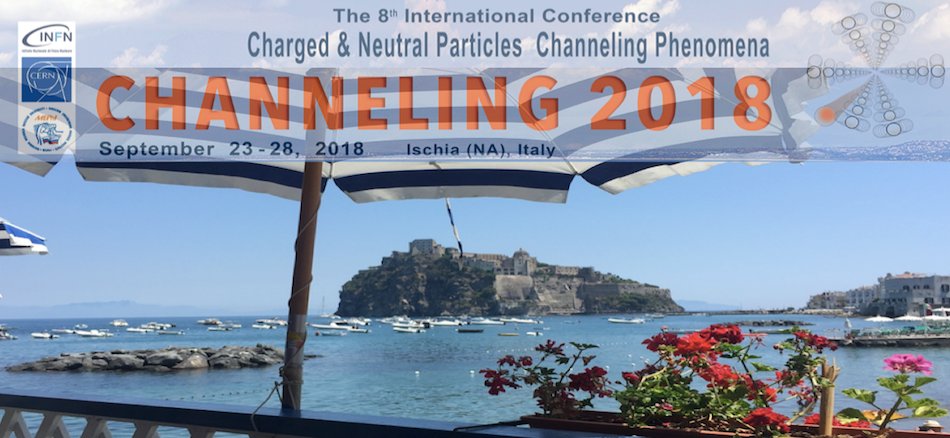Speaker
Dr
Irizawa Akinori
(The Institute of Scientific and Industrial Research, Osaka University, Japan)
Description
The free electron laser (FEL) is a tunable monochromatic light source using an electron linear accelerator. Its high power, coherence, pulse, polarized characters yield many aspects of utilization in basic and applied fields. Terahertz (THz) and/or far-infrared (FIR) is just located in the middle region between the light and the radio wave in the electromagnetic wave. This region is so-called “terahertz-gap” where technological development still exists even now for both in light source and detector. From the point of view, THz-FEL is expected as a light source that creates new scientific fields through interaction with materials.
The ISIR THz-FEL is based on the stimulated radiation from a compressed high-energy electron pulses [1, 2]. The obtained THz beam is brought to the end station as a multiple pulsed lights. In the case when the beam is adjusted to a condition with micro-pulse length of about 20 ps, the electromagnetic wave is oscillated for ~108 cycles in the micro-pulse at a wavelength of 100 μm (3 THz), which is quasi-monochromatic light with a bandwidth of about 3%. The frequency can be changed between 2.5 and 7.5 THz, and the maximum electric field reaches up to 3 MV/cm at a focal point in this condition.
Recently, nonlinear interactions between semiconductors and the THz-FEL have been investigated. Semiconductors showed nonlinear absorptions corresponding to their band structures under high photon flux irradiation. Furthermore, a laser induced periodic surface structure (LIPSS) as an irreversible phenomenon was found under the higher photon flux [3]. LIPSS in NIR region has been known in the mid-19th century soon after the invention of the ruby laser, but the LIPSS generation mechanism is still under hot discussions even today. Due to the scaling law found between the LIPSS periodicity and the pulse number in this study, a LIPSS investigation can possibly be understood as a self-organizing phenomenon in a nonequilibrium open system.
References
1. The heading “References” follows one double space below the body text in Times New Roman 10 bold.
2. L.J. Marshall and G. Talleni, Phys. Rev. A 43 (2001) 5897.
1. S. Okuda et al., “Free-electron laser oscillation with a multibunch electron beam of the 38 MeV L-band linear accelerator at ISIR”, Nucl. Instr. Meth. A 358 (1995) 244.
2. R. Kato et al., “High Power Terahertz FEL at ISIR, Osaka University”, Proc. 1st International Particle Accelerator Conference (IPAC'10). (2010) 2209-2211.
3. A. Irizawa et al., “Laser-induced fine structures on silicon exposed to THz-FEL”, Appl. Phys. Lett. 111 (2017) 251602.
Primary author
Dr
Irizawa Akinori
(The Institute of Scientific and Industrial Research, Osaka University, Japan)

